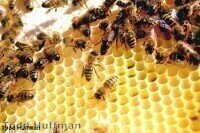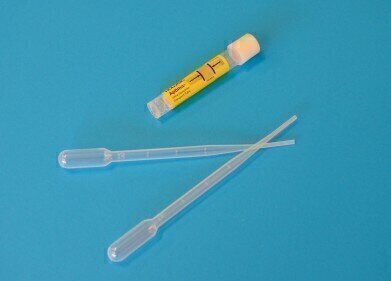-
 Honey bee disease could be cured following new research
Honey bee disease could be cured following new research
Electrophoretic Separations
Quantitative analysis used in honey bee study
Sep 19 2011
According to a report published in BMC Genomics, by scientists at the University of British Columbia, the bacterium Paenibacillus larvae is the causative agent of the honey bee disease American foulbrood.
This disease can lead to the death of the entire hive as it is fairly contagious and the social nature of bees ensures both individuals and colonies mingle, providing the ideal environment for the disease to spread.
Using quantitative analysis and mass spectrometry processes, the team identified the molecular mechanism of the infection, in order to create a more effective method to control and treat the disease.
"This update on the genome of P.larvae and annotation represents an immense advancement from what we had previously known about this species," the report stated.
Consequently, the scientists have shed more light on how the infection comes about and can work towards creating a cure for the widespread honey bee disease.
Digital Edition
Chromatography Today - Buyers' Guide 2022
October 2023
In This Edition Modern & Practical Applications - Accelerating ADC Development with Mass Spectrometry - Implementing High-Resolution Ion Mobility into Peptide Mapping Workflows Chromatogr...
View all digital editions
Events
ACS National Meeting - Fall 2024
Aug 18 2024 Denver, CO, USA
Sep 04 2024 Chiba, Tokyo, Japan
Sep 04 2024 University of Warwick, Coventry, UK
Sep 10 2024 Rockville, MD, USA
Plastics Recycling World Expo Europe
Sep 11 2024 Brussels, Belgium













